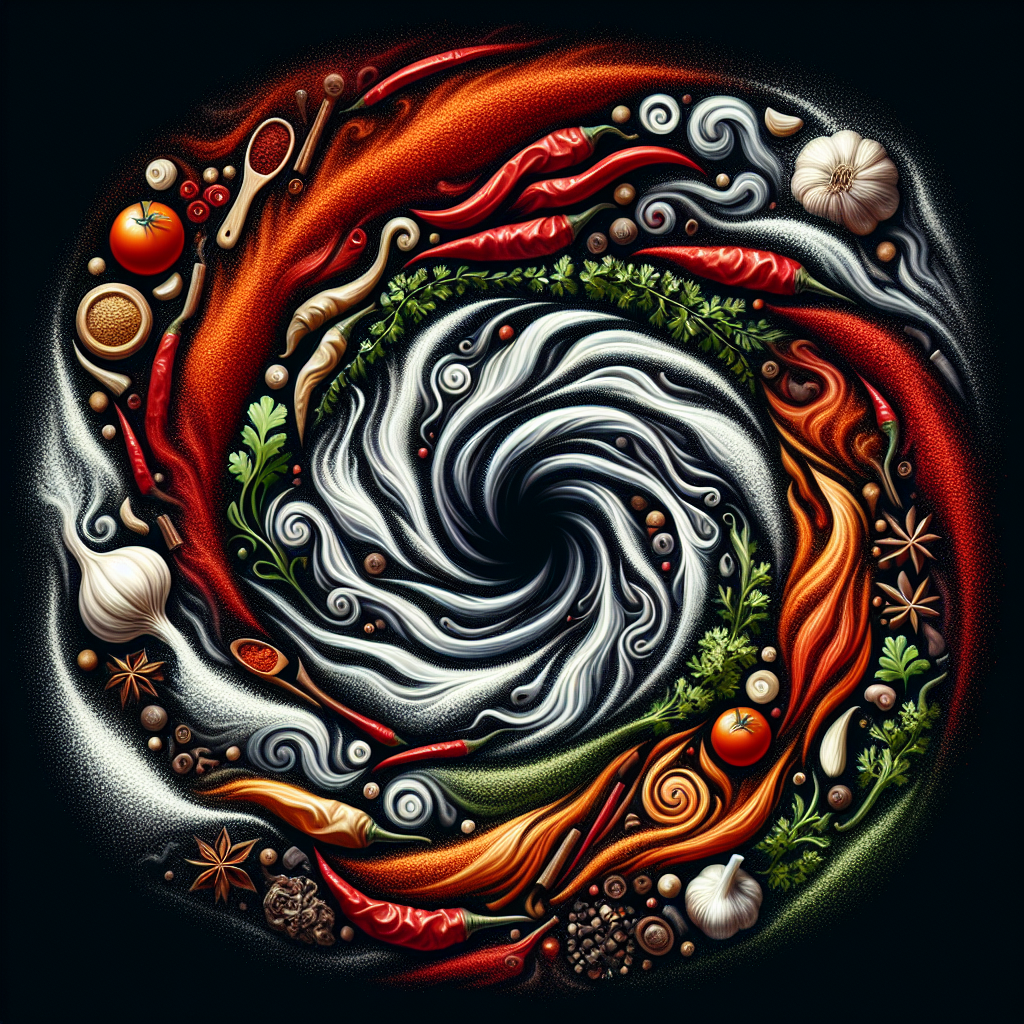Cajun cuisine draws its rich character from the diverse influences of its birthplace. An enchanting mix of French, Spanish, Native American, and African cuisines, it marries these world flavors with local ingredients, creating dishes that are as vibrant and diverse as the region itself. The liberal use of seasonings like cayenne pepper, paprika, and thyme, combined with the ‘Holy Trinity’ of onions, bell peppers, and celery, forms the crux of Cajun flavors.
A distinct aspect of Cajun cuisine is its one-pot meals.
These dishes, meant to feed large gatherings, perfectly reflect the community-oriented culture of the Cajuns. Jambalaya, gumbo, and étouffée are quintessential one-pot wonders that showcase the cuisine’s trademark balance of spices, meat, and vegetables, often served alongside rice.
Jambalaya, similar to Spanish paella, is a melange of rice, meat, and vegetables, cooked together to create a dish that’s sumptuous and tangy. Gumbo, another Cajun classic, is a thick, hearty soup, brimming with meat or seafood and served over rice.
Its unique flavor comes from the use of okra as a thickening agent and the slow-cooking process that allows the flavors to develop fully.

Over the past decade, the popularity of Cajun cuisine has skyrocketed, with renowned chefs and home cooks alike embracing its bold, rustic flavors. Its rise can be attributed to the global trend of ‘eating local’ as Cajun cooking is deeply rooted in the use of fresh, locally-sourced ingredients.
Moreover, Cajun cuisine teaches us the art of slow cooking and the virtues of patience, as traditional dishes often require hours of preparation and cooking. In an era of instant gratification, Cajun cooking invites us to relish the process of creating a meal, making it a truly immersive culinary experience.
In conclusion, Cajun cuisine is more than just a culinary style; it’s a celebration of diversity, community, and a love for robust flavors. So, whether you’re a seasoned food lover or a culinary novice, Cajun cooking invites you to embark on an adventurous journey of flavors and traditions.
Keywords: Cajun cooking, Jambalaya, Gumbo, one-pot meals, Cajun cuisine, culinary journey, flavors, spices, cooking techniques, cultural influence, locally-sourced ingredients, slow cooking.